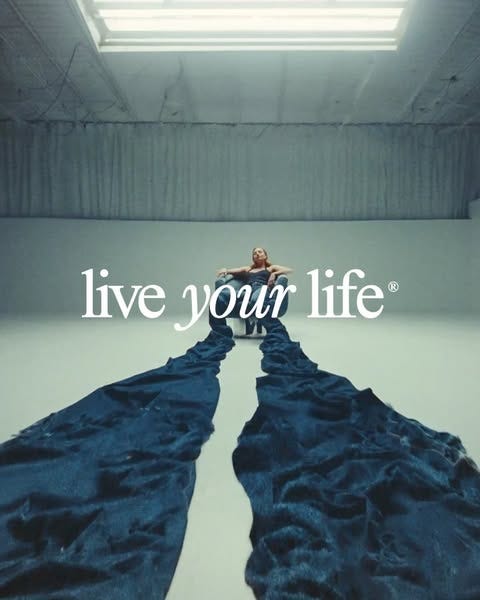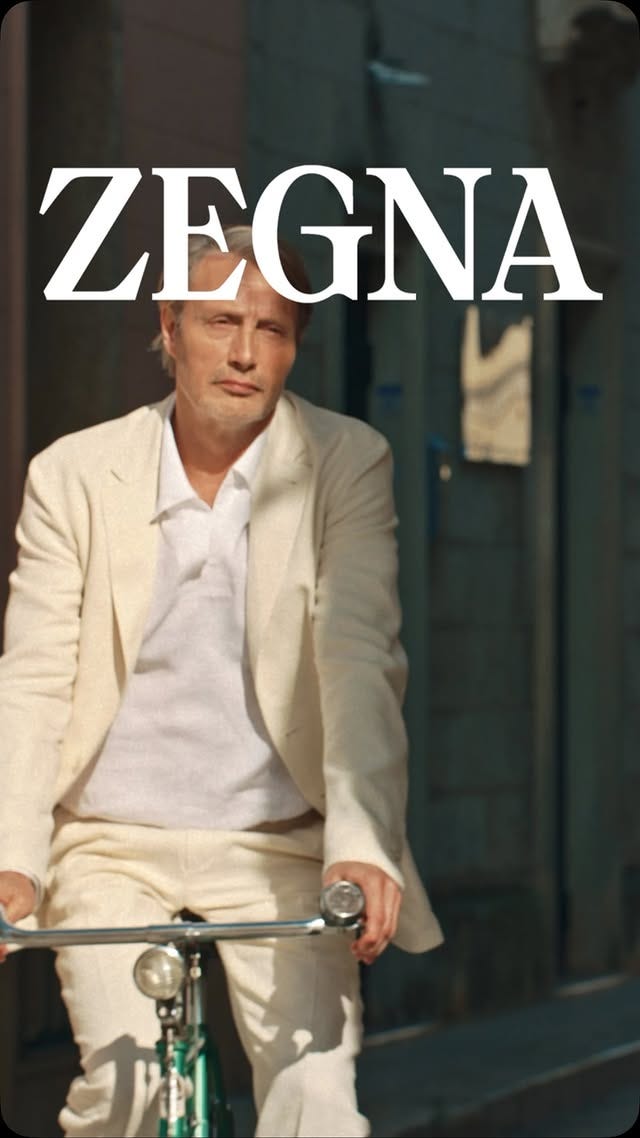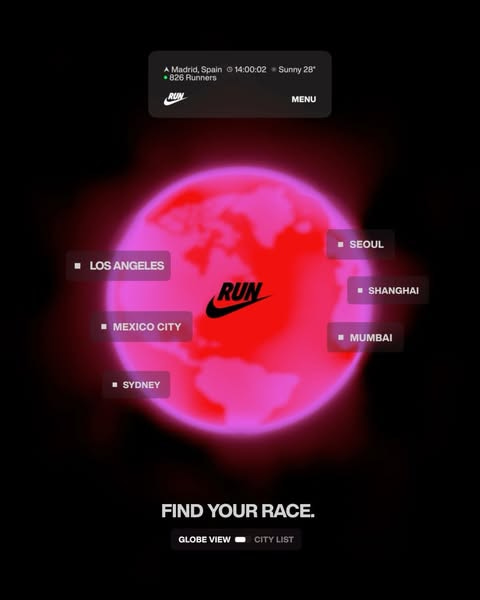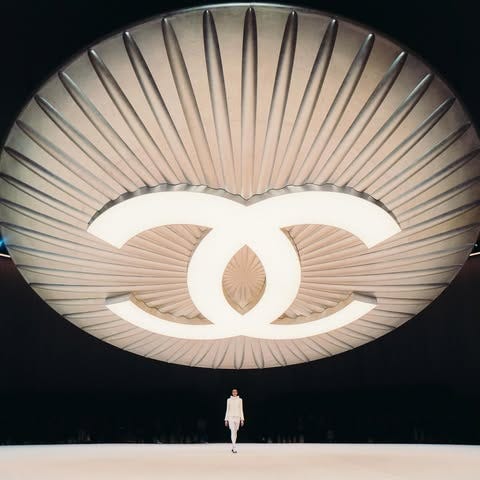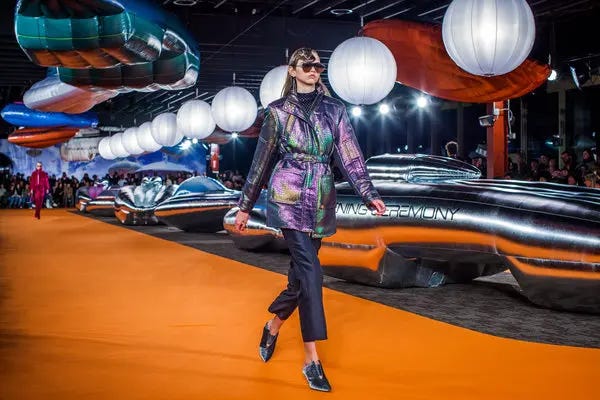Taste-making as a creative partnership
What does it really mean to have taste in a world of metrics? As luxury brands seek new forms of influence, the most valuable asset a creative studio can offer might just be the least tangible one
Welcome to TOMORROW WILL ARRIVE, a platform for cultural critique and future thinking; offering perspectives on luxury, brand strategy, identity and design. Created by BIRCH, we are a London-based creative studio, founded in 2009. You can reach us here, or join our Subscriber chat here.
Let’s pick up where we left off.
Taste is instinctive, human and maddeningly subjective – a kind of cultural intuition. It’s not strategy. It’s not analytics. It’s not something that can be measured or optimised. But, you know it when you see it.
And in the context of contemporary luxury, taste may be the most powerful (and least understood) asset a brand can possess.
Last week, we explored the power of taste through the lens of a creative director who gets it, Jonathan Anderson; formerly of Loewe, now of Dior Men’s.
Writing that piece brought another question to mind, though: What is taste in the context of a creative studio? And, moreover, is there still a place for it in today’s influencer-driven, performance-crunching marketing landscape?
We think so. At BIRCH, we believe in “elegance as attitude”, and in the power of brand storytelling and design to shift a brand’s perception, desirability and cultural cachet. And we’re not the only ones.
Taste is the product
More than ever, luxury brands are turning to external creative studios not just for campaigns, but for vision. They aren’t just outsourcing work. They’re outsourcing taste. In doing so, they’re tacitly acknowledging a shift: the nature of ‘influence’ is changing. And, as friend of the Studio and recent TWA contributor Matteo Azzolini recently wrote, curation is back in a big way.
The right studio can define what a brand is in the eyes of its audience. This is taste-making as partnership, and for the best studios it defines what they do.
Taste vs. branding
It’s easy to confuse taste with branding. They are adjacent but distinct.
Branding is the architecture: logo, palette, tone. Taste is the mood: the collage of references, feelings, cultural cues and social codes that a brand aligns itself with. Taste is not taught in business school; it’s forged in late-night conversations, cultural immersion and a sixth sense for the next, next thing.
This is a challenge that we love to rise to at BIRCH, and increasingly, it defines the value that a studio can bring to its clients. Great creative studios don’t just build identities – they embed taste. They borrow from fashion, music, art, sport and street culture, curating a worldview that feels resonant and rare. The brand borrows their cultural capital; the studio in turn gets influence over how the brand thinks, acts, dresses.
When this works, it becomes difficult to know where the studio ends and the brand begins – and we think that’s healthy.
The studio as editor, the brand as curator
In a taste-making partnership, the brand entrusts its studio partner with the process of editing. The studio becomes a creative filter that brings ideas, feelings, moods and aesthetics to the table.
The brand’s role is to curate and harness this creativity in the right way, on the right channels, at the right time. The brand’s role is also, critically, to be brave enough to say ‘yes’ to the right things and trust in the taste of its agency partners.
Taste, after all, is personal – no brands can build a world that will connect with everyone. That’s not the point.
In this sense, the creative studio becomes a kind of advisor for the brand’s cultural output.
Not just designing a campaign, but guiding what books the brand reads, what cities it visits, what photographers it works with, what words it uses. This is not executional work – it’s editorial and strategic. And its essential to shape a brand that will resonate today.
The best brands know this. Here are some case studies that prove the point.
The power of studio-led taste
Communion and Zegna: Communion’s ongoing collaboration with Zegna is a masterclass in contemporary restraint and narrative authorship. More than executing campaigns, Communion helps Zegna decide what kind of stories it should be telling in the first place. Through editorial design, campaign direction and art publishing, the studio has guided Zegna toward a more literary, slower, culturally embedded identity. The brand no longer trades only on tailoring, but on perspective; on a vision of soft masculinity shaped by architecture, publishing and European intellectualism. Communion’s role is editorial: selecting references, refining them and sequencing them to feel effortless.
Mouthwash Studio and Nike: Mouthwash’s collaboration with Nike – across Nike After Dark, Nike Running and broader campaign work – shows how editorial taste can reshape the tone of a global giant. Mouthwash doesn’t just style Nike; they slow it down. The After Dark activation turns key global cities into a nocturnal moodscape, while the Running creative privileges stillness, solitude and introspection over athletic triumph. This is studio-as-editor in its purest form: choosing silence over sound, grain over gloss, restraint over hype.
pgLang and Chanel: pgLang’s recent creative partnership with Chanel is a study in editorial disruption – offbeat, cinematic, yet always within reach of the house’s heritage. Co-founded by Kendrick Lamar and Dave Free, pgLang brings an auteur’s touch to Chanel, most notably in The Button, the narrative thread that linked the Spring-Summer ’24 Haute Couture show with Lamar’s brand film of the same name. What pgLang offers isn’t a new aesthetic, it’s a new voice, grounded in storytelling. They act as connoisseurs of tone, injecting a sense of friction that challenges Chanel’s polish without disturbing its poise.
Taste as competitive advantage
Relationships like these show how studios can help a brand to leapfrog traditional growth playbooks. Instead of trying to build credibility one press release at a time, a brand can inhabit taste and turbocharge its cultural cachet by aligning with those who already have it.
Think of Opening Ceremony. In its early years, it was a tastemaker – an insider’s brand built on curatorial instinct, collaboration and emerging talent. But as it scaled, the aesthetic started to drift. Collaborations felt more commercial than cultural. The clarity that made it so compelling began to blur. Eventually, it was folded into New Guards Group and shuttered its retail stores. Taste had once been Opening Ceremony’s advantage, and when that taste no longer shaped the decisions, the brand lost its gravitational pull.
Taste isn’t just something to bolt on. It has to live inside the brand. That’s why ongoing studio relationships matter – they don’t just make the visuals, they tend the flame.
Tomorrow will arrive, tastefully
As luxury continues to unmoor itself from materialism and drift toward cultural cachet, taste will only grow in importance. And we believe that those who shape it – studios, art directors, editors, stylists – will become ever more central to the value chain.
For brands, the implication is clear: your studio isn’t a supplier. They’re a partner. In many cases, they are the brand.
And for studios: the brief is bigger than decks and mood boards. You’re not just making things look good. You’re shaping how the world feels.




